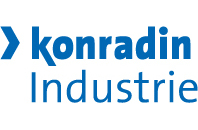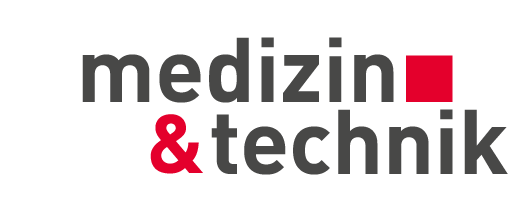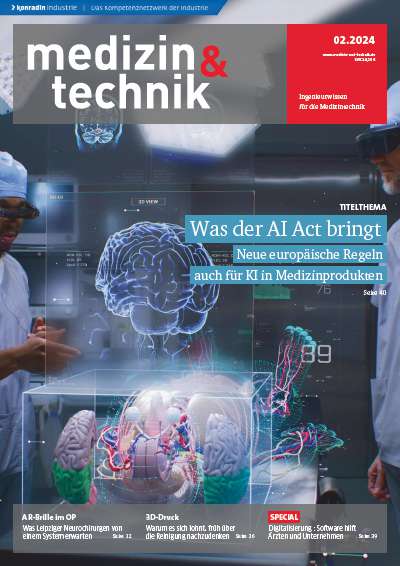In Denmark, digitization is seen as the key to a citizen-centric healthcare system which is coherent and efficient. Martin Bagger Brandt and Kenneth Bøgelund Ahrensberg from the National eHealth Authority explain how far the country has progressed.
Mr. Bagger Brandt, Mr. Bøgelund Ahrensberg, Denmark is European champion in digitization—also when it comes to health. Why is your country opting so strongly on eHealth and telemedicine?
Bagger Brandt: Denmark has a long history of focusing on digitization as a means to improve quality and efficiency in healthcare. The central government and the regions have had strategies and/or action plans regarding eHealth since the late 1990’s. This has had a significant impact on the sector where clinicians, policymakers and politicians see eHealth as a central tool in improving healthcare. eHealth can improve timely access to relevant information and promote a coherent health sector; this enhances patient safety and leads to higher quality.
How far has digitization advanced in the Danish health sector?
Bøgelund Ahrensberg: Digitization has advanced far. All hospitals are using an electronic health record, EHR, which is coherent in all five regions. At present, a new EHR is being procured and implemented in the Zealand and Capital region, covering approximately 50% of the Danish population. E-prescription means that practically all medicine is prescribed electronically, and all general practitioners work electronically. The most obvious challenge at present is to ensure exchange of information across sectors and organizational boundaries on demand, that is, we have to go from a paradigm of sending data to a paradigm where we look up data relevant for a specific situation. A means to that end is international standards, in this case HL7 and IHE (Integrating the Healthcare Enterprise) profiles.
Can you give some more examples of the steps you are taking?
Bøgelund Ahrensberg: Significant resources are put into a nationwide implementation of a shared medication record that ensures the sharing of updated medication information between all healthcare professionals treating the patient. The medication record is a national service provided to all healthcare professionals making sure they all have access to the same information concerning medication. Another significant area of activity is nationwide deployment of telemedicine. Nationwide home monitoring of patients with chronically obstructive pulmonary disease is scheduled to be implemented by the end of 2019. Another important component in the eHealth landscape is an efficient national infrastructure, and a central component of this is a national service platform supporting data flow between separate systems.
How do you achieve uniform standards and interoperability?
Bagger Brandt: The minister of health can approve national standards by law. However, standards are promoted in cooperation with the users. At the national level, an advisory committee on standards was established four years ago. This committee is responsible for an inventory of standards that eHealth initiatives must adhere to. Other elements are a national infrastructure and national services. In Denmark, an incremental approach to interoperability is in place.
Where do you still see problems, and possibilities for improvement?
Bagger Brandt: A solid standard base is still missing. Lack of incentives and organizational inertia makes the uptake of eHealth solutions cumbersome, and it takes a long time to induce changes. Regulatory issues and issues related to confidence and confidentiality are also impeding rapid implementation of eHealth solutions. Unlike the positive valuation outside Denmark, in Denmark there is a general understanding that eHealth is working poorly. The reason for this might be that the requirements on eHealth are getting more complex as patient flows increase in complexity, with the general practitioner, the municipality, and the hospital having a role to play in the treatment.
What are the next steps to take?
Bagger Brandt: Nationwide deployment of telemedicine, shared care, and digital support of complicated clinical pathways. Strengthening of the regulatory framework, and easy access to data subject to relevant legislation. We are going to establish more advanced functions in relation to user access and log functions.
What is essential to make eHealth work?
Bøgelund Ahrensberg: eHealth deployment in Denmark has benefited from our unique identification of citizens that has been in place since 1967, and Danish healthcare is relatively coherent because for the largest part it is run by the public sector. To make eHealth work we have strived towards a bottom-up approach, that allows room for local projects and initiatives. Close collaboration across sectors has taken place, which has promoted the uptake of eHealth. Lastly, national strategies backed up by all levels of governance are a cornerstone in the work with eHealth in Denmark, and confidence in the public sector is high.
Denmark has only 5.6 million inhabitants. Can the Danish model also work in big countries?
Bagger Brandt: The market for eHealth solutions is to a wide extent getting more and more mature, and this will in itself be a central driver in promoting more efficient eHealth uptake. The Danish model is closely linked to the characteristics of Danish healthcare. It might therefore not be feasible for other countries. However, a number of characteristics might be beneficial for other countries to learn from. Focus from politicians as well as top management is key to the promotion of eHealth. Close collaboration is another factor, and a strategical focus should be ensured.
Elsewhere a critical attitude towards eHealth is still predominant. How do you respond to this?
Bøgelund Ahrensberg: Every citizen has access to his or her own health data from hospitals through our health portal sundhed.dk with a digital signature. The citizen can access data when they are available. We have not experienced significant criticism in relation to that approach. Generally, we see a positive attitude towards eHealth and increased digitization.
How can you be certain that unauthorized person will not access your data? And how can you retain control over your data?
Bagger Brandt: The citizen can log on to sundhed.dk and see who has accessed his or her data. We have examples where healthcare professionals have looked into health data because they knew the person. In the future, efforts will be put into making it easier for patients to regulate who should access which data. Furthermore, log functions should be introduced to more systems.
What happens if people have no access to the Internet or are not able to use it?
Bøgelund Ahrensberg: You can still interact with the healthcare sector by traditional means. In the future, as more and more digital services are in place, people who are not able to use them will be able to communicate with the sector by means suitable for them, if they can document that they are not able to interact digitally.
What is your vision for eHealth in Denmark – and possibly beyond?
Bagger Brandt: In the coming years, the further development of an infrastructure for the sharing of telehealth data is envisaged, especially for patients suffering from chronic diseases. This infrastructure must be able to handle patient reported outcome measures. Furthermore, efforts are put into looking at international standards and IHE profiles. This will make it easier to work with eHealth, and it will make the Danish market more open to foreign vendors.
Bettina Gonser Freelance journalist in Stuttgart
Setting Standards: The National eHealth Authority
The National eHealth Authority (NSI) in Copenhagen is the government authority under the Ministry of Health responsible for setting national standards for eHealth. It establishes the framework for digitization across Denmark’s health care system.
- NSI sets the framework for digitization of the healthcare system by stipulating the overall strategy, setting goals and mileposts, and following up on progress in order to ensure that benefits are fully realized.
- NSI is responsible for stable ICT operation and development of more than 100 systems. It is also responsible for consolidating the portfolio and providing a uniform data basis as well as ensuring stable and efficient operation.
- NSI is responsible for the National Service Platform (NSP), a communication platform making it possible to couple a large number of health applications with national health services, registers and reporting solutions. NSP has been in operation since 2010, and it is regularly developed in step with digitization of the healthcare system and consolidation of government ICT systems.
Teilen:









